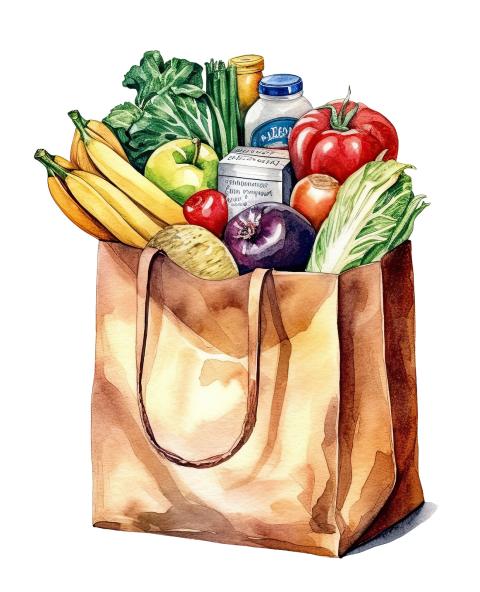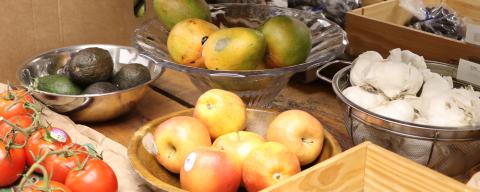Meeting the Need
The idea came from a meeting that Extension teacher Joy Gagnon attended with the Tamworth Community Nurse Association during the COVID-19 pandemic: What if Carroll County could better support food access with locally produced food?
To work toward this vision, Gagnon and area partners, including NH Hunger Solutions, formed the Carroll County Food Access Network — a grassroots effort to try to solve the problem of food insecurity in Carroll County.
But, before they could roll up their sleeves, they needed data.
Extension state specialist Amy Hollar secured a Well Connected Communities grant from the National 4-H Council and the Robert Wood Johnson Foundation to conduct a thorough food access needs assessment, in collaboration with UNH’s Carsey School for Public Policy.
The needs assessment compiled data from a survey for farmers, producers and community members, focus groups and other county and state reports. The final report identifies challenges facing Carroll County residents and outlines opportunities for strengthening the food system.
The report’s findings led to the creation of working groups to address priority areas: increasing Supplemental Nutrition Assistance Program (SNAP) participation, expanding local food access for high-risk individuals, boosting senior meal participation and building farmer capacity.
“It was interesting to see that so many people who were food insecure did not qualify for food stamps or SNAP,” Gagnon says.
One challenge that complicates assistance programs? U.S. Federal Poverty Guidelines for the contiguous states have income limits that do not account for the cost of living based on where individuals reside. This means there are people living in New Hampshire, which has a high cost of living compared to wages, who must choose between paying for food and other necessities like medication.

“It just shows that people are running out of food before they’re able to buy more,” Gagnon says.
“We also did some research on housing, and we found that Carroll County had the greatest influx of in-migration of people from the cities into the rural areas during the pandemic,” she says.
This population change, along with other factors like high housing costs and lack of transportation are being considered as the network shares their findings and implements action plans to improve access to healthy, affordable food.
“If we try to regionalize a solution to our food access problems, we’ll not only save resources, but we’ll also improve lives,” Gagnon says.
Key Findings in Carroll County
• More than 3,650 residents do not have access to affordable, nutritious food
• Ninety-one percent of survey respondents reported shopping most often at grocery stores, but convenience stores dominate Carroll County’s food landscape
• Carroll County is older than other parts of the state, driven in part by the extent to which it attracts retirees
• About 40% of Carroll County food retailers accept SNAP and most of these retailers are concentrated in Conway
• Two in five Carroll County residents who are food insecure are ineligible for SNAP, meaning that formal programs must be supplemented with a robust local food safety net
• Most farms in Carroll County are small, and farmers reported challenges with selling to restaurants, grocery stores and wholesale markets
Check Out Our New Health & Well-Being Page
Our specialists help create healthy people and healthy places in New Hampshire.
Featured LINK
Mental Health Resources for New Hampshire - a printable county-specific guide to help New Hampshire residents find local, state, and national mental health resources.

